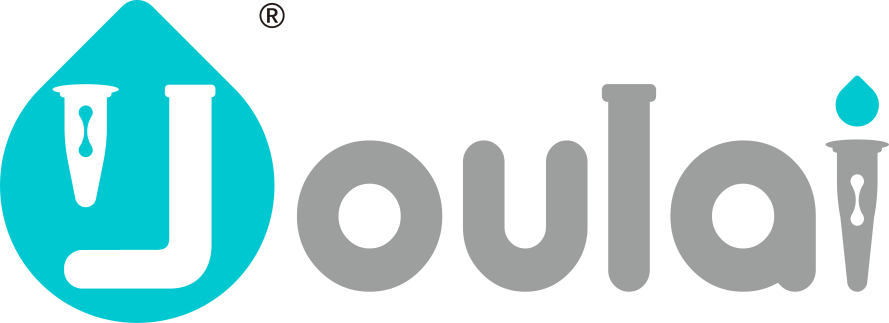Proper Technique: When using serological pipettes, it's crucial to employ proper pipetting technique to ensure accurate measurements and reproducible results. This includes holding the pipette vertically to allow for precise aspiration and dispensing of liquids. Sudden movements or jerks should be avoided, as they can lead to inaccuracies. When releasing the plunger, it should be done smoothly and steadily to prevent any residual liquid from being expelled.
Use the Correct Pipette: Selecting the appropriate serological pipette size for the desired volume range is essential for accurate measurements. Using a pipette that is too large or too small for the intended volume can result in inaccuracies. It's important to refer to the pipette's volume range and select the one that best fits the required volume of the solution being handled.
Inspect for Damage: Before using a serological pipette, it's essential to visually inspect it for any signs of damage, such as cracks, chips, or scratches. Damaged pipettes should not be used, as they can compromise accuracy and lead to inconsistent results. Regular inspection of pipettes helps ensure their integrity and reliability.
Avoid Contamination: To prevent cross-contamination between samples, it's crucial to use a new, sterile pipette for each solution. This means avoiding using the same pipette for different solutions or samples, as well as avoiding any contact between the pipette tip and surfaces that may harbor contaminants. Maintaining strict aseptic technique when handling serological pipettes is essential for accurate and reliable results.
Correct Calibration: Proper calibration of serological pipettes is essential for accurate measurements. Before use, ensure that the pipette is calibrated and adjusted to the correct volume setting according to the manufacturer's instructions. Regular calibration checks should be performed to verify the accuracy of the pipettes and make any necessary adjustments as needed.
Handle with Care: Serological pipettes should be handled with care to prevent breakage or damage. Avoid dropping or mishandling the pipette, especially when it contains liquid, as this can lead to spills, contamination, or injury. When not in use, store pipettes in a designated rack or holder to protect them from damage.
Protect from Heat and Chemicals: Serological pipettes should be kept away from sources of heat and chemicals that may degrade the material or affect accuracy. Exposure to extreme temperatures or corrosive chemicals can damage the pipette and compromise its performance. Store pipettes in a clean, dry environment away from direct sunlight and chemical fumes to maintain their integrity.
Maintain Sterility: When working with sterile solutions, it's essential to maintain sterility throughout the pipetting process. Keep the pipette tip covered until ready for use to prevent any airborne contaminants from entering the pipette. Additionally, avoid blowing out any remaining liquid from the pipette tip after dispensing to prevent contamination of the solution.
Store Properly: Proper storage of serological pipettes is important to ensure their longevity and performance. Store pipettes in a clean, dry environment when not in use, and avoid storing them in areas prone to moisture or temperature fluctuations. Pipettes should be stored upright in a designated rack or holder to prevent any potential damage to the tips or shafts.
Dispose Properly: Proper disposal of used serological pipettes is essential to prevent contamination and ensure laboratory safety. Dispose of used pipettes according to laboratory waste disposal guidelines, which may involve autoclaving or disposing of them in designated biohazard waste containers. Avoid reusing disposable pipettes to prevent cross-contamination and maintain the integrity of experimental results.

 English
English русский
русский 中文简体
中文简体

水印.jpg)


